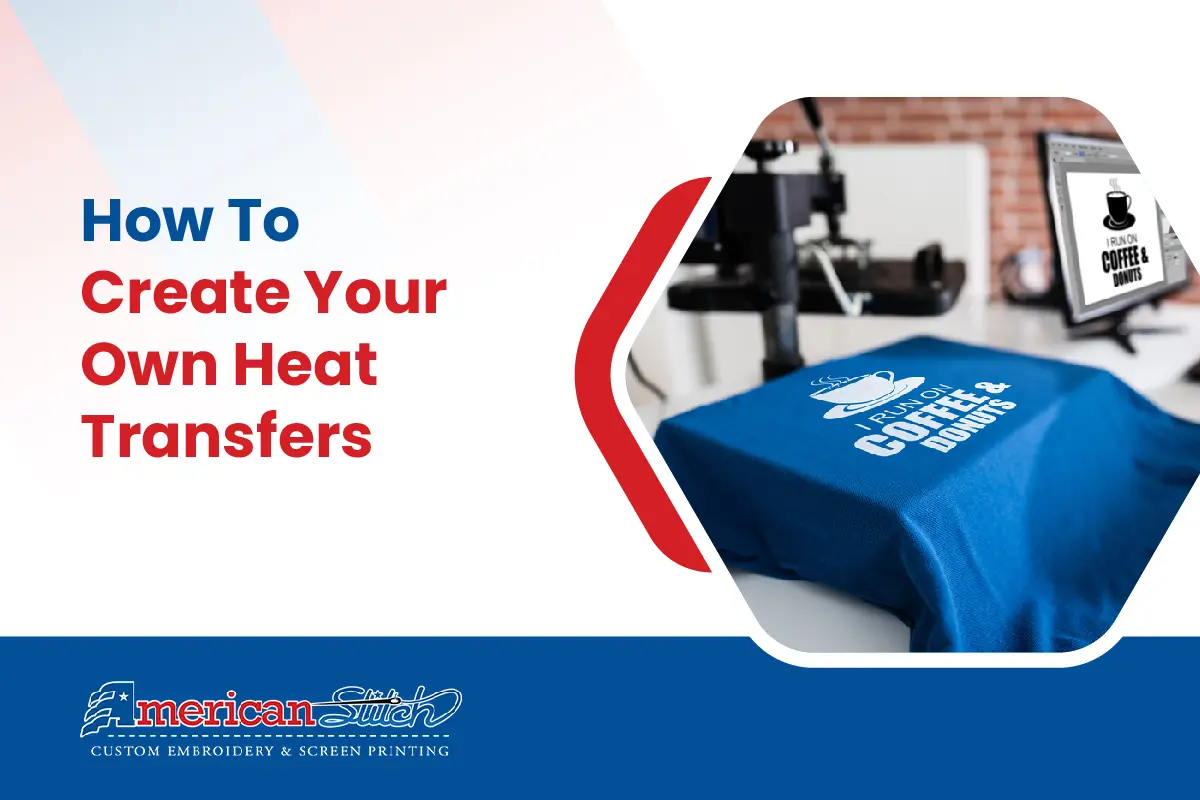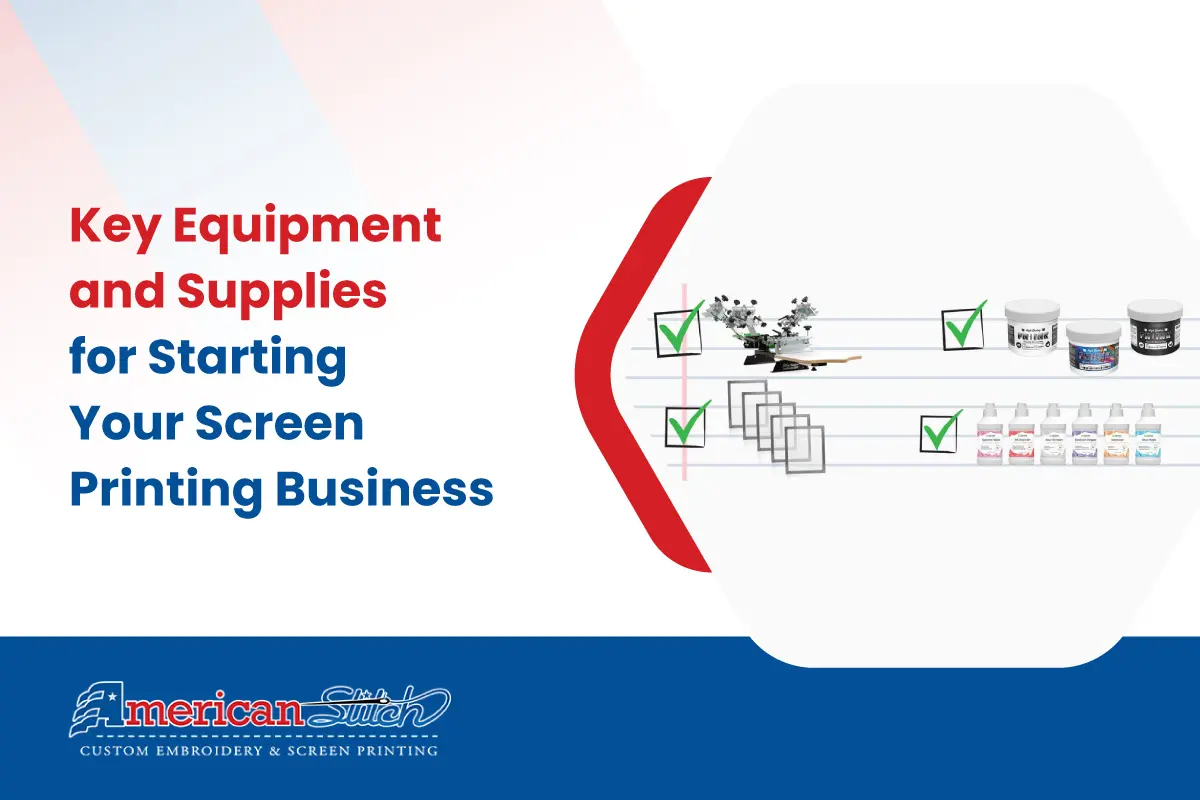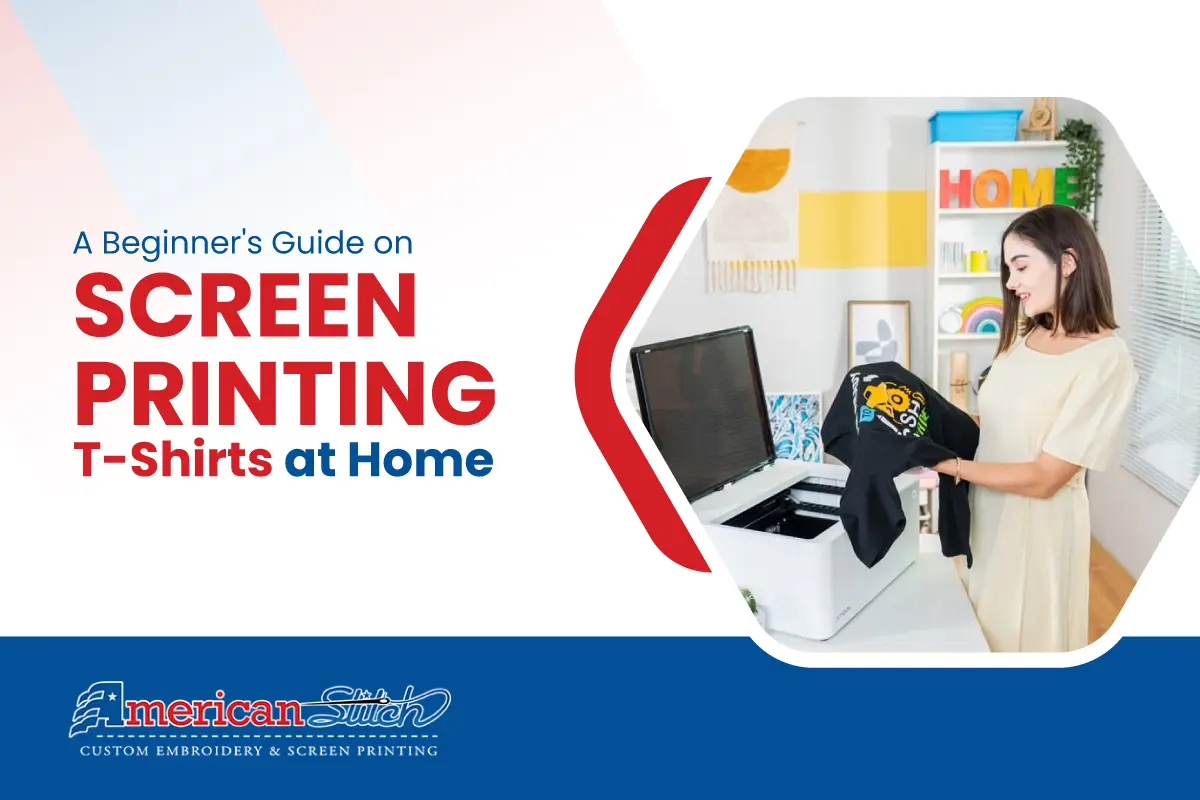When it comes to creating custom t-shirts for your business, one important factor to consider is the cost. Understanding involved breakdown of cost to make t-shirt with company logo can help you plan your budget effectively and make informed decisions.
In this article, we will delve into the various components that contribute to the overall cost, including design creation, material selection, printing techniques, and quantity.
Table of Contents
Benefits of Custom Logo T-Shirts

Custom logo t-shirts offer numerous benefits for companies looking to enhance their brand image and create a sense of unity among employees. Here are some key advantages:
Enhanced Brand Recognition
Custom logo t-shirts serve as walking advertisements for your company. When employees wear t-shirts featuring your logo, they become brand ambassadors, increasing brand visibility and recognition. This exposure can help attract new customers and create a lasting impression in the minds of potential clients.
Consistent Branding
Custom logo t-shirts allow you to maintain a consistent brand image across all touchpoints. By using your company’s logo, colors, and fonts on t-shirts, you reinforce your brand identity and create a cohesive look. This consistency helps customers associate your brand with professionalism and reliability.
Sense of Unity
Custom logo t-shirts promote a sense of unity and pride among employees. When team members wear matching apparel, it fosters a feeling of belonging and teamwork. It creates a visual representation of a united workforce, enhancing company culture and morale.
Professional Appearance
Providing custom logo t-shirts to employees ensures they present a professional image when representing the company. Whether they are attending trade shows, meeting clients, or participating in company events, branded apparel adds a level of professionalism and credibility to their appearance.
Cost-Effective Marketing
Custom logo t-shirts serve as cost-effective marketing tools. Compared to traditional advertising methods, such as print or digital ads, t-shirts offer long-lasting exposure. They can be worn repeatedly, reaching a wider audience over an extended period. Additionally, the cost per impression is significantly lower compared to other advertising mediums.
Employee Engagement
Custom logo t-shirts contribute to employee engagement and a sense of pride in their workplace. When employees feel connected to the company and its brand, they are more likely to become brand advocates and actively promote the organization’s products or services.
Factors Affecting The Cost

When considering the cost of making t-shirts with a company logo, several factors come into play. One of the main factors is the complexity of your design. Intricate and detailed logos require more time and expertise during the printing process, leading to higher costs compared to simpler designs.
Additional customizations, like adding names or numbers to each shirt, may increase the price. If you have a tight deadline, expedited production or shipping options may incur additional fees. By working closely with a reputable printing company and discussing your specific needs, you can determine the most cost-effective options without compromising on quality.
Design Complexity
The complexity of your company logo or design plays a significant role in determining the cost of making a t-shirt. Intricate or highly detailed designs require more time, expertise, and precision during the printing process. As a result, complex designs often incur higher costs compared to simpler and less intricate designs.
Printing Technique
The printing technique you choose can affect the overall cost. Common printing methods for t-shirts include screen printing, heat transfer, direct-to-garment (DTG) printing, and embroidery. Each technique has its own cost structure based on factors such as setup fees, material requirements, and labor involved. Researching and comparing the costs associated with different printing techniques can help you make an informed decision.
Quantity
The quantity of t-shirts you intend to produce is another crucial factor in determining the cost. Generally, the more t-shirts you order, the lower the cost per unit. This is because bulk orders allow for economies of scale, reducing the cost of materials, setup, and labor. If you plan to order a large quantity of t-shirts, you can often negotiate discounted prices with printing companies.
Type and Quality of T-Shirt
The type and quality of the t-shirt you choose also impact the overall cost. Factors such as the fabric type (e.g., cotton, polyester, blend), weight (thickness), and brand influence the price. Premium-quality t-shirts made from organic or sustainably sourced materials may incur higher costs compared to standard t-shirts. Additionally, specialized fabrics or features such as moisture-wicking or UV protection may add to the price.
Additional Customizations
Any additional customizations or special requests, such as adding names or numbers to the back of each shirt or incorporating specific finishing touches, can increase the overall cost. These personalized elements require additional time, labor, and materials, contributing to the final price.
Turnaround Time
Urgent orders or requests for expedited production and delivery may involve rush fees or expedited shipping charges. If you have a tight deadline, be prepared to pay a premium for faster turnaround times.
Choosing the Right Printing Company

Choosing the right printing company is crucial to ensure the quality and success of your custom logo t-shirts. Here are some factors to consider when selecting a printing company:
Experience and Expertise
Look for a printing company with extensive experience in producing custom apparel. An experienced company will have the knowledge and skills to handle various printing techniques and materials, ensuring high-quality results.
Portfolio and Samples
Request to see the printing company’s portfolio or samples of their previous work. This will give you an idea of the quality of their printing, the clarity of the logo, and the durability of the prints. Pay attention to the details and finishes to ensure they align with your expectations.
Customer Reviews and Testimonials
Check online reviews and testimonials from previous clients to gauge the reputation and reliability of the printing company. Positive reviews and feedback indicate a track record of customer satisfaction and quality service.
Printing Techniques and Options
Inquire about the printing techniques and options offered by the company. Different printing techniques, such as screen printing, direct-to-garment printing, or heat transfer, have varying qualities and costs. Ensure that the printing company can provide the specific technique that meets your requirements.
Customer Service and Communication
Assess the responsiveness and professionalism of the printing company’s customer service. Clear communication and timely updates are essential throughout the printing process, ensuring that your expectations are met and any concerns or queries are addressed promptly.
Pricing and Turnaround Time
Request a detailed pricing quote for your specific requirements, including the quantity of t-shirts and any additional customization. Compare the pricing with other printing companies to ensure it aligns with your budget. Additionally, consider the turnaround time for the printing job, especially if you have a specific deadline.
Calculation Cost To Make T-Shirt with Company Logo

Calculating the cost of making t-shirts with a company logo involves considering several factors. The first step is to determine the quantity of t-shirts you need. Bulk orders often result in lower costs per unit due to economies of scale.
Next, you’ll need to decide on the printing technique that best suits your needs, such as screen printing, heat transfer, or direct-to-garment (DTG) printing. Each technique has its own cost structure based on setup fees, materials, and labor.
The complexity of your logo design plays a role as well, with intricate designs requiring more time and expertise, leading to higher costs. Additionally, the type and quality of the t-shirts you choose affect the price.
Factors such as fabric type, weight, and brand contribute to the overall cost. It’s important to consider any additional customizations you may require, such as adding names or numbers to each shirt, as these can impact the final cost.
Finally, expedited production or shipping options, if needed, may incur additional fees. By carefully considering these factors and working with a trusted printing company, you can calculate the cost of making t-shirts with a company logo accurately.
Quantity and Bulk Orders
When it comes to the cost of making t-shirts with a company logo, the quantity of shirts needed plays a significant role. Ordering in bulk can have a substantial impact on the cost per unit. This is because many printing companies offer volume discounts or wholesale rates for larger orders.
Economies of scale come into play when you order t-shirts in larger quantities. Printing companies can optimize their production process, reducing setup costs and increasing efficiency when handling a higher volume of shirts. As a result, they can pass on the cost savings to you, the customer.
Accurately estimating the quantity of t-shirts needed is crucial for getting the best pricing. Ordering too few shirts might result in higher costs per unit, as the setup and production costs get distributed across a smaller quantity. On the other hand, ordering too many shirts can lead to unnecessary expenses and excess inventory.
Consider factors such as your target audience, promotional events, and potential demand when estimating the quantity. It’s also wise to consult with the printing company to determine if there are any specific quantity thresholds for volume discounts.
By taking advantage of bulk orders and properly estimating the quantity of t-shirts needed, you can significantly reduce the cost per unit and maximize your budget. This allows you to produce a larger quantity of shirts while keeping costs under control, making it a cost-effective solution for showcasing your company logo.
Printing Techniques
When it comes to making t-shirts with a company logo, there are various printing techniques to consider. Understanding these techniques and their associated costs can help you make an informed decision.
Screen Printing
Screen printing is a popular and cost-effective method for producing high-quality prints on t-shirts. It involves creating a stencil (or screen) for each color in the design and then applying the ink through the screen onto the fabric. Screen printing often requires a setup fee to prepare the screens and involves separate charges for each color used in the design. However, the per-unit cost decreases with larger quantities, making it a cost-efficient option for bulk orders.
Heat Transfer
Heat transfer involves printing the design onto a transfer paper and then applying it to the t-shirt using heat and pressure. This method is suitable for small quantities or intricate designs with multiple colors. While heat transfer doesn’t typically require setup fees, the per-unit cost can be higher compared to screen printing. Additionally, heat transfers may have limitations in terms of durability and long-term wear.
Direct-to-Garment (DTG) Printing
DTG printing is a digital printing technique that allows for highly detailed and full-color designs. It works similarly to an inkjet printer, directly applying the ink onto the fabric. DTG printing offers excellent flexibility and doesn’t require setup fees or color restrictions, making it ideal for small orders or designs with complex gradients or photographic elements. However, the cost per unit tends to be higher compared to screen printing or heat transfer, especially for larger quantities.
When choosing a printing technique, consider factors such as the complexity of your design, the desired print quality, and your budget. Screen printing is often the most cost-effective option for larger quantities, while heat transfer and DTG printing are suitable for smaller orders or designs that require intricate details. Consulting with a printing professional can help you determine the best printing technique that balances cost and quality for your specific needs.
Design Complexity
The complexity of your logo design plays a significant role in determining the cost of making t-shirts with a company logo. Intricate and detailed logos often require more time and expertise to reproduce accurately, which can result in higher production costs.
When considering the design complexity, it’s important to assess the level of detail and intricacy in your logo. Logos with multiple colors, gradients, fine lines, or small text may require additional steps in the printing process to ensure precision and clarity. These extra steps can increase the production time and labor involved, consequently affecting the overall cost.
To keep the cost manageable, it’s advisable to simplify your logo design if possible. Streamlining the number of colors or reducing intricate elements can help minimize production complexities and lower costs. However, it’s crucial to strike a balance between simplification and maintaining the integrity and recognizability of your logo.
Working closely with a graphic designer or a printing professional can help you optimize your logo design for cost-effective reproduction. They can provide guidance on simplifying the design without compromising its impact or visual appeal. By finding the right balance between design complexity and budget, you can create t-shirts with a company logo that effectively represents your brand while keeping costs in check.
T-Shirt Quality
The quality of the t-shirts you choose for your company logo plays a crucial role in both the cost and overall satisfaction of your branded apparel. It’s important to consider factors such as fabric type, weight, and brand when selecting the right t-shirt quality.
Different fabric types, such as 100% cotton, cotton blends, or performance fabrics, can have varying costs. Higher-quality fabrics may come at a slightly higher price point, but they often offer better durability, comfort, and overall appearance. They also tend to have better color retention, ensuring that your company logo looks vibrant and lasts longer on the t-shirt.
T-shirt weight refers to the thickness and density of the fabric. Heavier-weight t-shirts are generally more durable and may have a higher cost. Lighter-weight t-shirts, while more affordable, may not offer the same level of longevity.
Brand reputation can also influence the cost of t-shirts. Well-known brands that prioritize quality and have a reputation for producing durable garments may have higher price tags. However, investing in reputable brands can provide assurance in terms of consistent quality and fit.
When choosing t-shirt quality, it’s essential to strike a balance between cost and durability. While opting for lower-quality t-shirts may save money upfront, they may not withstand frequent wear and wash cycles, leading to faster wear and tear. Investing in higher-quality t-shirts ensures that your branded apparel maintains its integrity and continues to make a lasting impression.
By carefully considering fabric type, weight, and brand reputation, you can choose t-shirts that strike the right balance between cost and quality. This ensures that your company logo looks professional, withstands the test of time, and provides a comfortable experience for those wearing it.
Additional Customizations
In addition to the company logo, you may want to consider adding extra personalization to each shirt, such as individual names or numbers. While these additional customizations can enhance the uniqueness and personal touch of the t-shirts, they can also impact the final cost.
Adding names or numbers to each shirt requires additional time and resources, including labor and materials. The cost of these personalized elements will depend on factors such as the size, font, and complexity of the customization. It’s important to factor in the cost of these additional customizations when budgeting for your project.
When considering whether to include individual names or numbers on each shirt, it’s crucial to assess the value it brings to your branding efforts and the intended purpose of the t-shirts. If the personalized elements significantly enhance the individuality and recognition of your team or event, it may be worth the additional cost.
However, if budget constraints are a concern or the personalization is not integral to your branding strategy, you may choose to forgo these extra customizations. Ultimately, it’s important to weigh the cost and benefits of additional customizations to ensure they align with your goals and budget.
By carefully evaluating the value and impact of additional customizations and factoring in the associated costs, you can make an informed decision that strikes the right balance between personalization and budgetary considerations for your company logo t-shirts.
Production and Shipping Options
When it comes to producing and shipping your custom t-shirts with a company logo, it’s essential to consider the impact of production and shipping options on the overall cost. Depending on your timeline and delivery requirements, different options may be available, each with its own cost implications.
If you have a tight deadline or need your t-shirts in a hurry, expedited production services may be available. These services prioritize the production of your order, ensuring a quicker turnaround time. However, it’s important to note that expedited production often comes with additional fees due to the need for accelerated resources and labor.
Similarly, when it comes to shipping, faster delivery methods, such as express or overnight shipping, may be offered by the printing company. While these options ensure prompt delivery, they usually come with higher shipping costs compared to standard shipping methods.
To make an informed decision, it’s crucial to carefully consider your timelines and delivery requirements. Evaluate the urgency of your order and the level of convenience you require. If time is of the essence, and you’re willing to pay a premium for faster production and shipping, then expedited options may be the right choice for you.
However, if you have a more flexible timeline or budget constraints, standard production and shipping options may be sufficient. These options typically come at a lower cost but still ensure timely delivery.
By assessing your production and shipping needs, weighing the urgency of your order, and considering your budget, you can make a decision that aligns with both your time requirements and financial considerations.
Remember, it’s always recommended to communicate your production and shipping preferences with the printing company to ensure a clear understanding of costs, timelines, and delivery expectations.
Budgeting Tips and Recommendations

When it comes to budgeting for making t-shirts with a company logo, it’s important to plan ahead and make informed decisions. Here are some tips and recommendations to help you budget effectively and get the best value for your investment:
Plan Ahead
To maximize cost savings, plan your t-shirt orders well in advance. Many printing companies offer bulk discounts for larger orders, so knowing your quantity needs ahead of time can help you take advantage of these savings. Additionally, placing your order in advance allows for smoother production processes and eliminates the need for rush fees, which can add to the overall cost.
Consider Quality and Longevity
While it’s tempting to opt for the lowest-cost options, it’s crucial to strike a balance between cost and quality. Investing in higher-quality shirts may result in longer-lasting products that withstand regular wear and washing. These shirts not only provide a better experience for the wearer but also offer a better return on investment over time. Consider the fabric type, weight, and brand reputation when choosing the t-shirt quality.
Get Multiple Quotes
It’s always a good idea to obtain quotes from multiple printing companies to compare prices, quality, and customer reviews. By gathering multiple quotes, you can make an informed decision based on the overall value offered. Remember to consider factors such as printing techniques, customization options, and customer service in addition to the pricing.
Order Samples
Before placing a large order, it’s recommended to order samples from the printing company. This allows you to assess the quality of their work, accuracy in reproducing your logo, and the overall customer experience. Ordering samples gives you peace of mind and confidence in your chosen printing company, ensuring that you are making the right investment.
By following these budgeting tips and recommendations, you can make the most of your budget and ensure a successful t-shirt order. Careful planning, considering quality, comparing quotes, and ordering samples will help you achieve the best value for your investment while maintaining the desired level of quality and customer satisfaction.
Sustainability and Eco-Friendly Options

In today’s world, there is an increasing emphasis on sustainability and eco-friendly practices. When considering custom logo t-shirts for your company, it’s important to explore options that align with these values. Here are some points to consider:
Organic Cotton
Consider using t-shirts made from organic cotton. Organic cotton is grown without the use of harmful pesticides and chemicals, making it a more sustainable and environmentally friendly choice. It promotes healthier soil, conserves water, and ensures the well-being of farmers.
Recycled Fabrics
Another eco-friendly option is to choose t-shirts made from recycled materials. Recycled polyester or blended fabrics are created by repurposing plastic bottles or textile waste, reducing the need for new resources and diverting waste from landfills.
Environmental Certifications
Look for t-shirt suppliers or printing companies that hold environmental certifications, such as the Global Organic Textile Standard (GOTS) or the OEKO-TEX Standard 100. These certifications ensure that the fabrics used and the production processes meet strict environmental and social criteria.
Reduce Waste
Minimize waste during the printing process by working with a printing company that implements sustainable practices. This includes optimizing print runs to avoid excess inventory, using eco-friendly inks, and recycling or properly disposing of any waste materials.
Communicate Your Values
By choosing sustainable and eco-friendly options for your custom logo t-shirts, you can showcase your company’s commitment to environmental responsibility. Communicate this message to your employees, customers, and stakeholders to highlight your dedication to sustainability.
Attracting Environmentally Conscious Customers
Many consumers today prioritize sustainability and seek out businesses that align with their values. By offering eco-friendly custom logo t-shirts, you can attract environmentally conscious customers who appreciate and support companies that prioritize sustainable practices.
Frequently Asked Questions
How Much Does It Cost to Make Custom Logo T-Shirts?
The cost of making custom logo t-shirts can vary depending on factors such as quantity, fabric quality, printing method, and design complexity. It’s best to reach out to printing companies for a personalized quote based on your specific requirements.
How Long Does It Take To Produce Custom Logo T-Shirts?
Production times can vary based on the printing company’s workload and the number of t-shirts ordered. Typically, it takes a few days to a couple of weeks for the production process, including design approval, printing, and shipping. It’s advisable to discuss the timeline with the printing company beforehand to set realistic expectations.
Can I Use My Existing Logo for the T-Shirt Design?
Yes, you can use your existing logo for the t-shirt design. Ensure that you have a high-resolution version of your logo in a suitable file format (such as vector or high-resolution raster) for optimal printing quality. If you don’t have a logo or need assistance with design, many printing companies offer design services to help you create a custom logo for your t-shirts.
What Printing Method Is Best for Custom Logo T-Shirts?
There are various printing methods available, including screen printing, direct-to-garment (DTG) printing, heat transfer, and embroidery. The best method depends on factors like the design complexity, fabric type, and budget. Screen printing is popular for its durability and cost-effectiveness, while DTG printing allows for intricate details and smaller print runs.
Can I Order a Sample Before Placing a Bulk Order?
Many printing companies offer the option to order samples before committing to a larger order. This allows you to evaluate the quality of the t-shirts, the printing technique, and ensure that it meets your expectations. Contact the printing company to inquire about their sample policy and any associated costs.
How Should I Care for Custom Logo T-Shirts?
To prolong the lifespan of your custom logo t-shirts, it’s recommended to follow the care instructions provided by the printing company. Generally, machine-washing them inside out with cold water and avoiding harsh detergents or bleach will help maintain the print quality. It’s also advisable to air-dry or tumble-dry on low heat to prevent shrinkage or damage.





